
21:50 PM (CDT)
1713581435 epoch

|
Friday April 19, 2024 21:50 PM (CDT) 1713581435 epoch |
|
October 11th, part II Later in the day... |
|
|
|
|
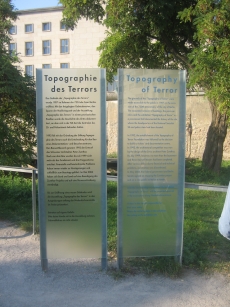

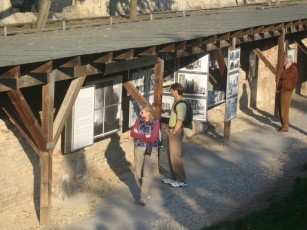
|
The Topography of Terror display was all around us. As mentioned previously, the lower display was all in German, while the two upper displays had English translations. I didn't reduce the large picture of the signs as much, so you can read about it. |
|
|
|
|
The closest upper display was all about the Nazi war crimes, and more importantly, the trials at Nuremburg. The trials at Nuremburg were held from 1945 until 1949, by a special military tribunal of judges from each of the Allied nations - Great Britain, France, Russia, and the United States. While the trials at Nuremburg didn't send nearly enough Nazis to their deaths, it did help produce important documents that still are followed today, such as the Geneva Convention. |
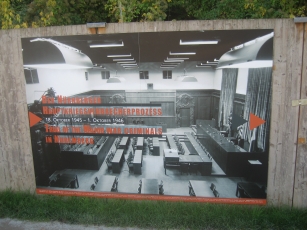
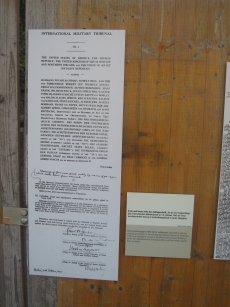

|
|
|
|
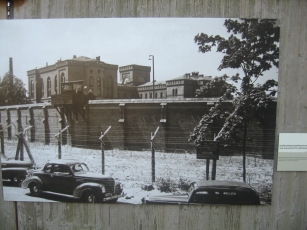
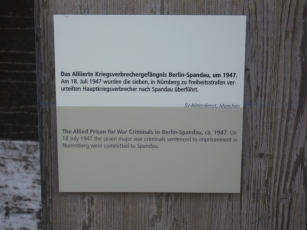
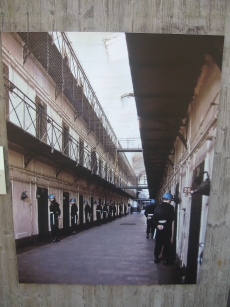
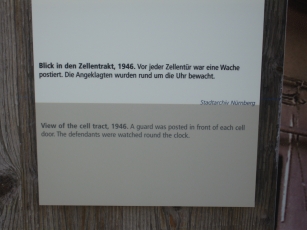
|
The Allied prison for the major war criminals at Berlin-Spandau. Allied MPs were stationed at every cell door, and watched the prisoners 24 hours a day, 7 days a week. This served several purposes, the two most important being a suicide watch, and preventing the prisoners from communicating with each other. |
|
|
|
|
Hitler's 'Devilish Greatness', proclaims a newspaper interview from 1939. Frank makes 'Mincemeat', proclaims another. Hans Frank was the former Governor General in Poland. |


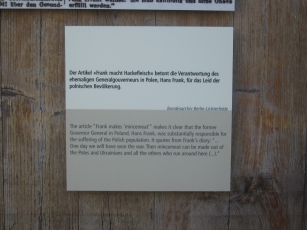
|
|
|
|
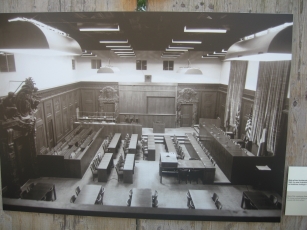
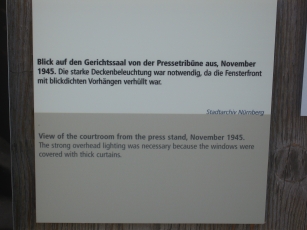
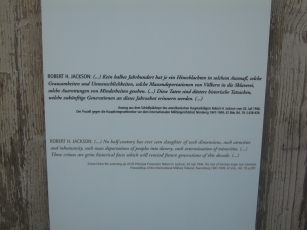
|
The courtroom in Nuremburg. "No half-century has ever seen slaughter of such dimensions, such atrocities and inhumanity, such mass deportations of peoples into slavery, such extermination of minorities." |
|
|
|
|
Two evil entities that never should have been - Adolf Hitler, and the SS (Schutzstaffel). The SS was a paramilitary arm of Hitler's Nazi party. It had many different divisions, including the Death's Head Formations that ran the concentration camps, and the Gestapo (German secret police). The SS was responsible for millions of murders, and was ruled a criminal organization by the tribunals at Nuremburg. The men that served in the SS were considered to be elite as compared to the regular German army, and were chosen for the service according to pure German lineage and Nazi ideology. In the last photo, the SS has just hanged eleven "foreign workers" on a railway embankment. |
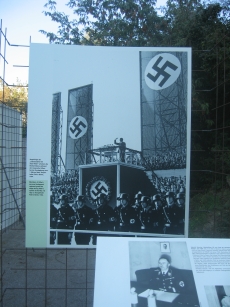
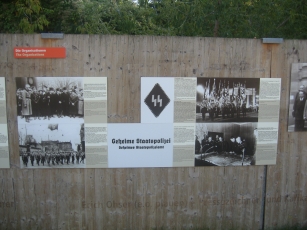

|
|
|
|
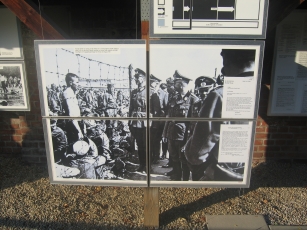
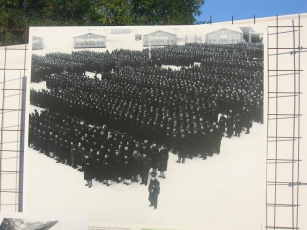

|
Heinrich Himmler visits one of the POW camps Germany had constructed for keeping foreign prisoners of war. Rollcall at the Sachsenhausen concentration camp in the early 1940s. Rollcall was performed in any and all weather. The prisoners may or may not have clothing or shoes, and the rollcall could last for hours (especially if there were any disciplinary events, such as an escape attempt). |
|
|
|
|
After several hours, we left the Wall site and headed back to the U-Bahn. Our destination - the old West Berlin. We walked along the street and noticed a double-row of bricks in the pavement - the original route of the Berlin Wall. This row of bricks stretches for the entire ~96 mile route. |


|
|
|
|
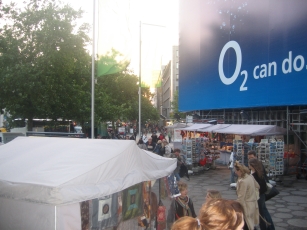
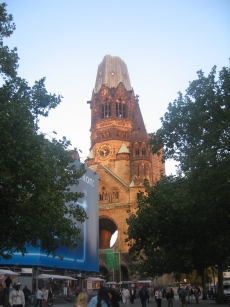

|
After leaving the U-Bahn station, we wandered up onto Kurfurstendamm Strasse (KuDamm Street). This street is one of the better shopping districts in the old West Berlin, and is very modern. My sister and bro-in-law mentioned that it felt like Times Square to them. I'll agree - I've never been to Times Square, but it felt very commercial, very western, very trendy. Street musicians were playing, and vendors were grilling sausages as tourists and shoppers filed past. It was crowded, but fun to see. It was evening, so we didn't have a lot of time to explore, but I liked it. The second picture is Kaiser Wilhelm church, right on KuDamm. It was hit by an Allied bomb during World War II, and has never been completely renovated. I'm not sure if they're planning on restoring it, but I thought it would be better to remain damaged, just to remind people. And finally, the bottom picture was a sidestreet right off of KuDamm, where we found a neat little cafe to eat at. The waiter had fun giving Rob a hard time over his German, and the beer was excellent. It was a dark beer by the name of Kostrisser (thanks, Tracy). Delicious stuff. Interesting: It was fascinating to note the differences between the old East and West Berlins. We were staying in the old East Berlin, and things seemed more .. institutional, more grey, less vibrant, and less hurried. Stepping into the old West Berlin was like stepping into downtown Chicago - bustling, hurried, commercial, colorful. It was very evident to me that the old East Berlin is catching up (maybe a decade more more behind?), and is indeed a growing (and hopeful) city. |
| <-- Oct 11, part I Oct 12, part I --> | |